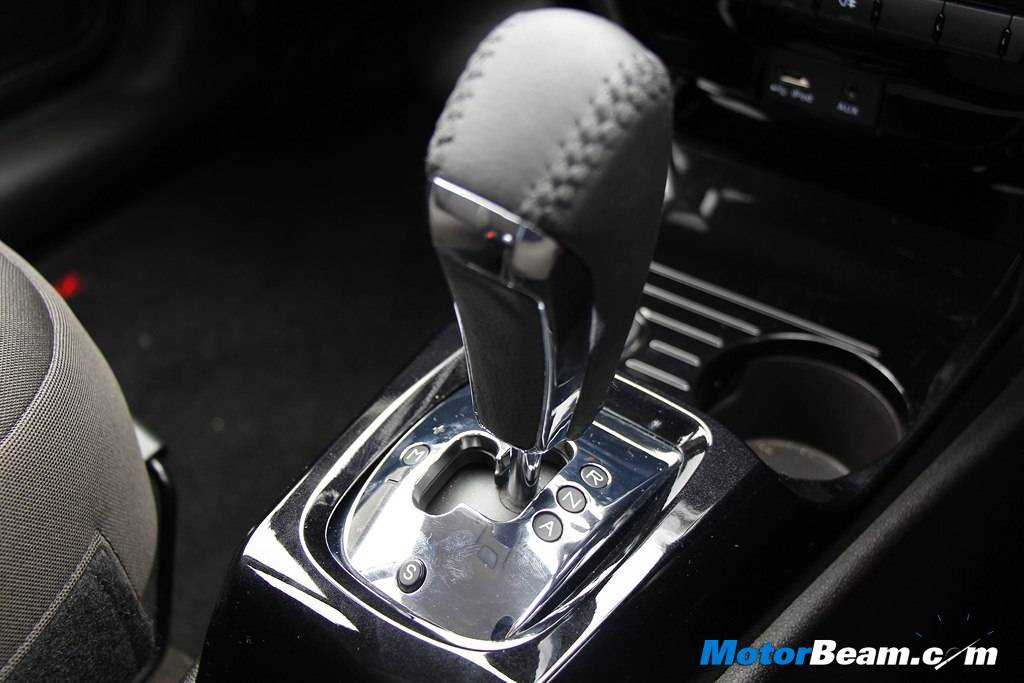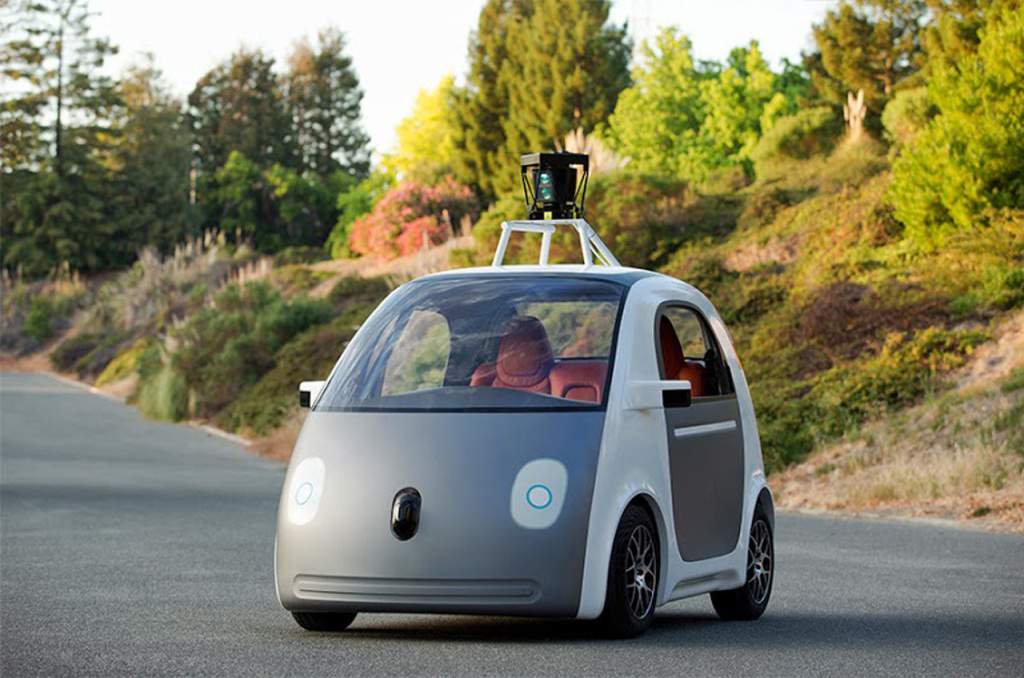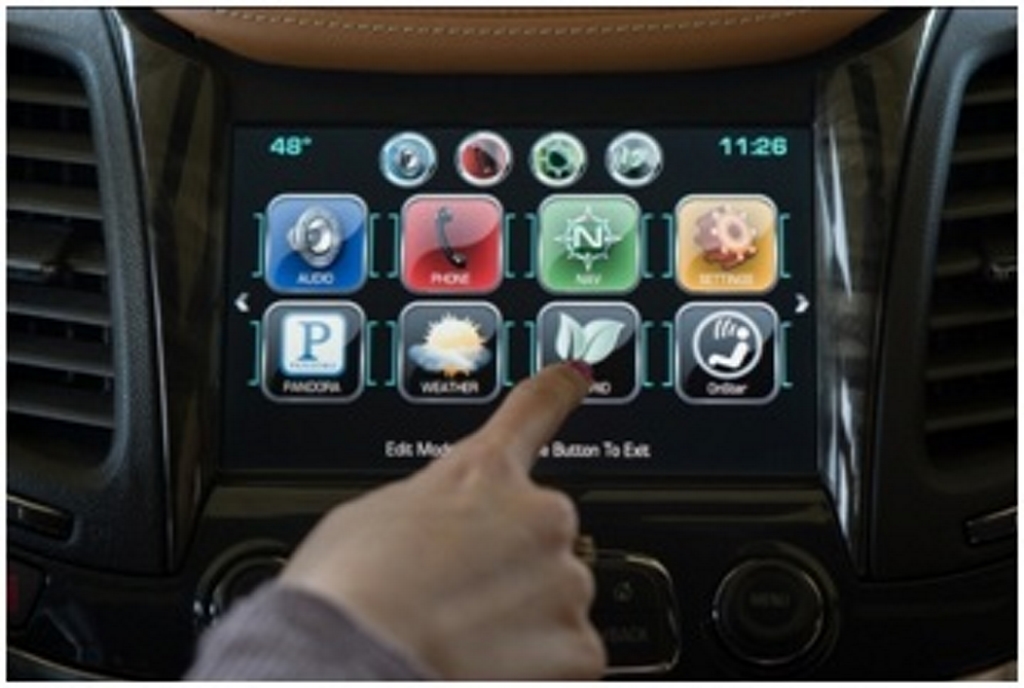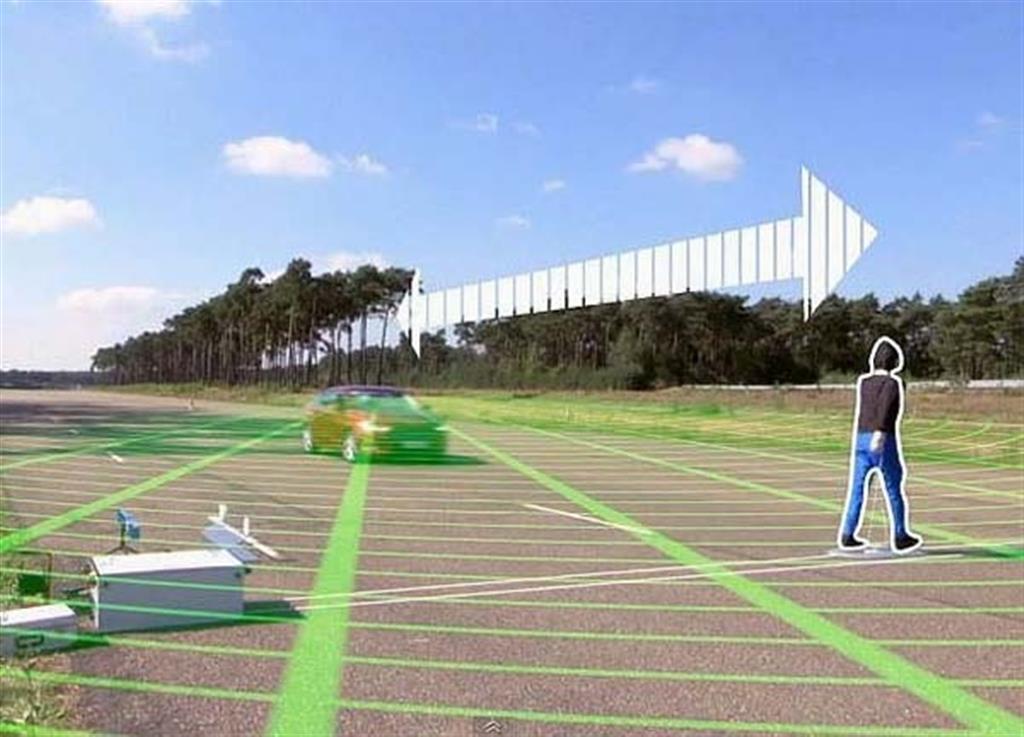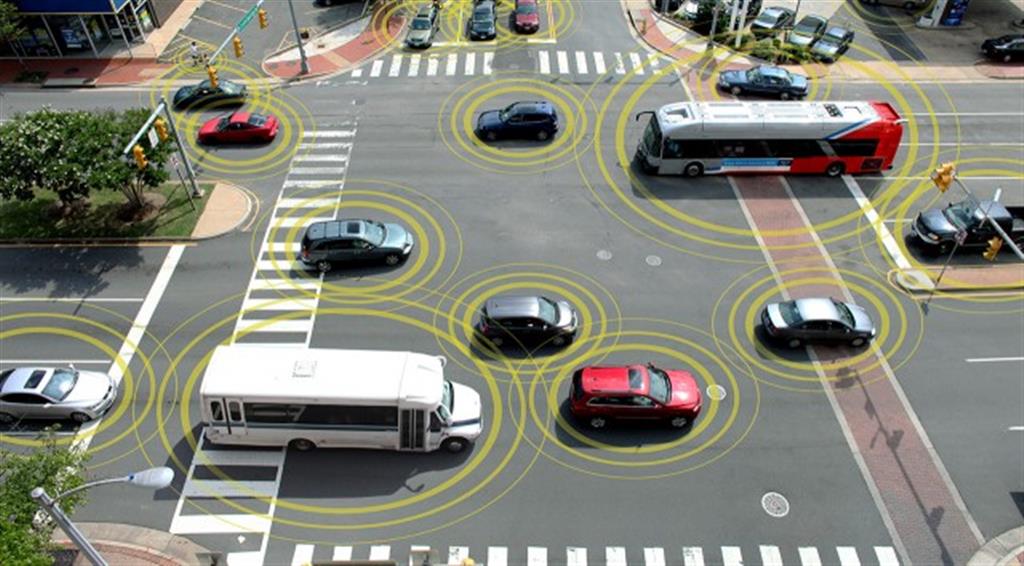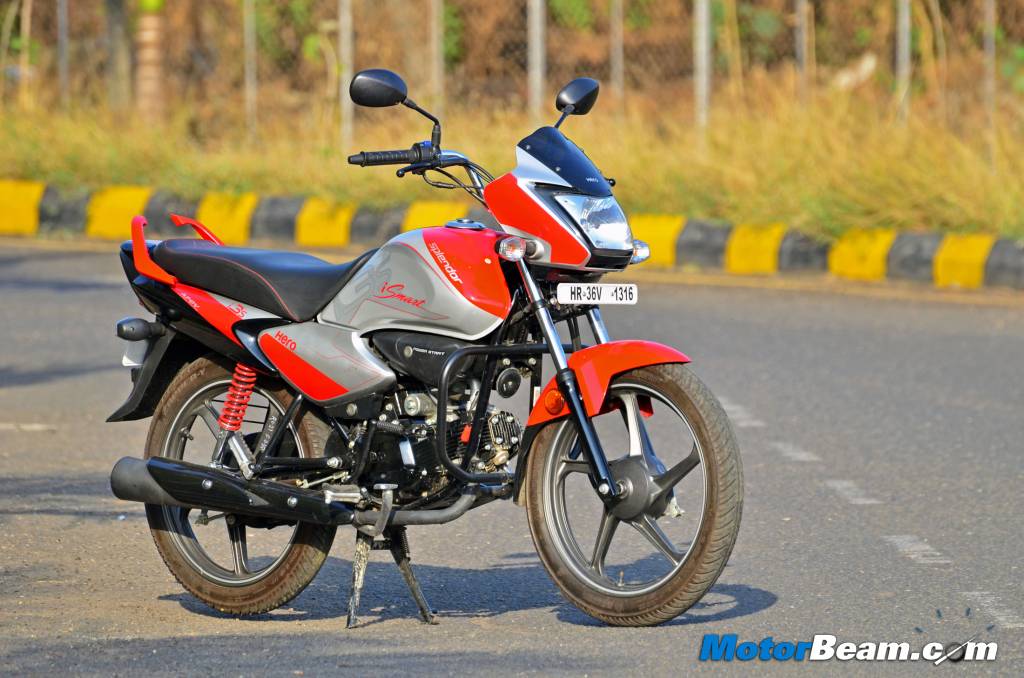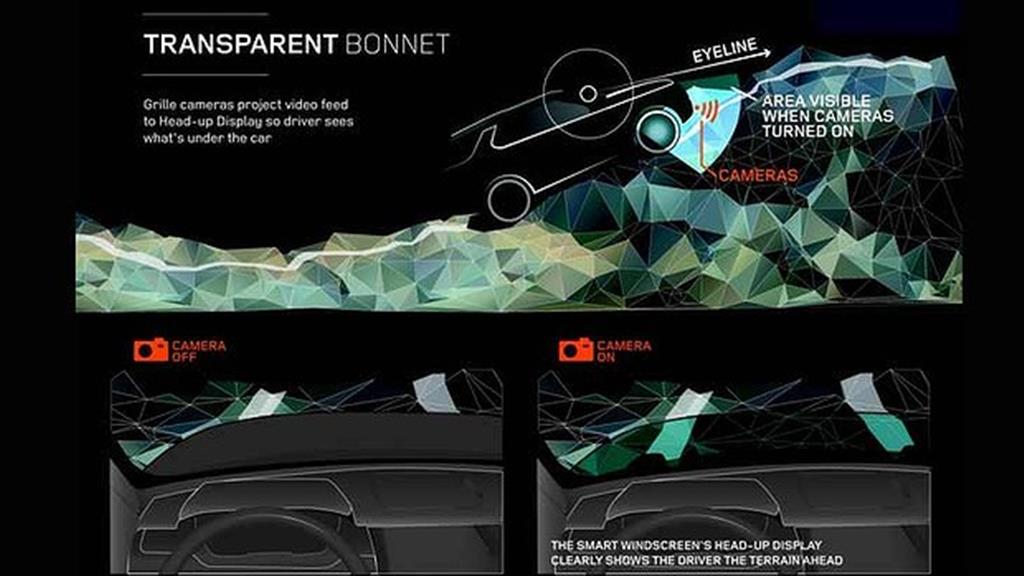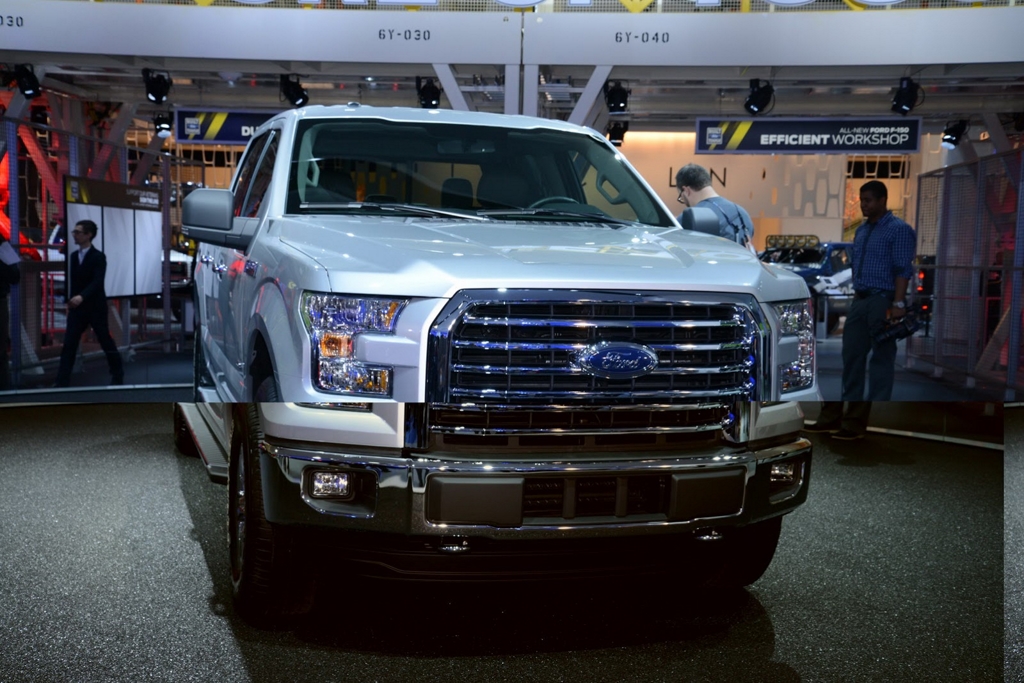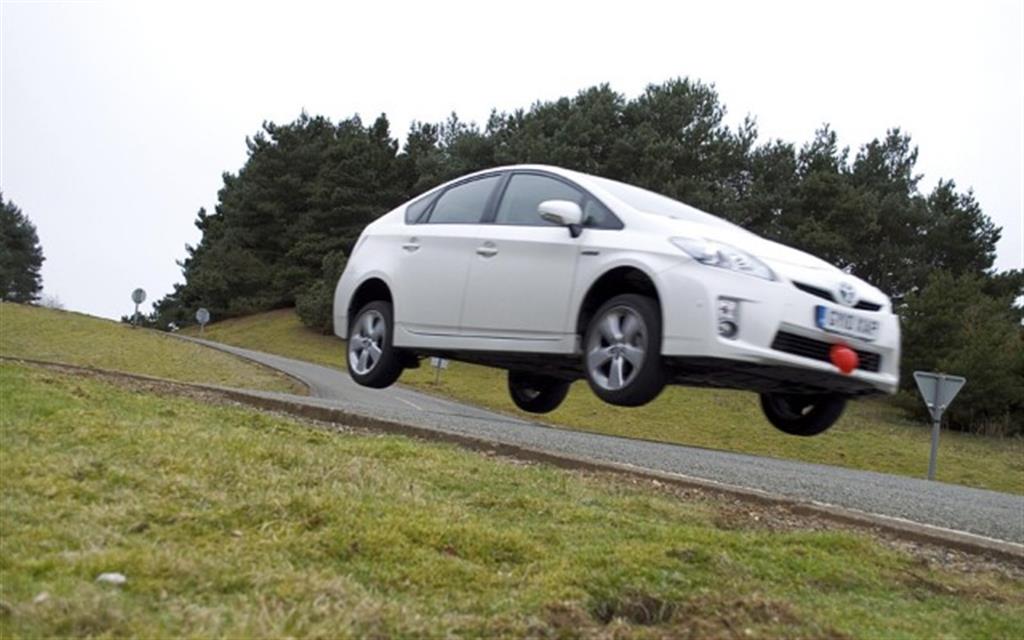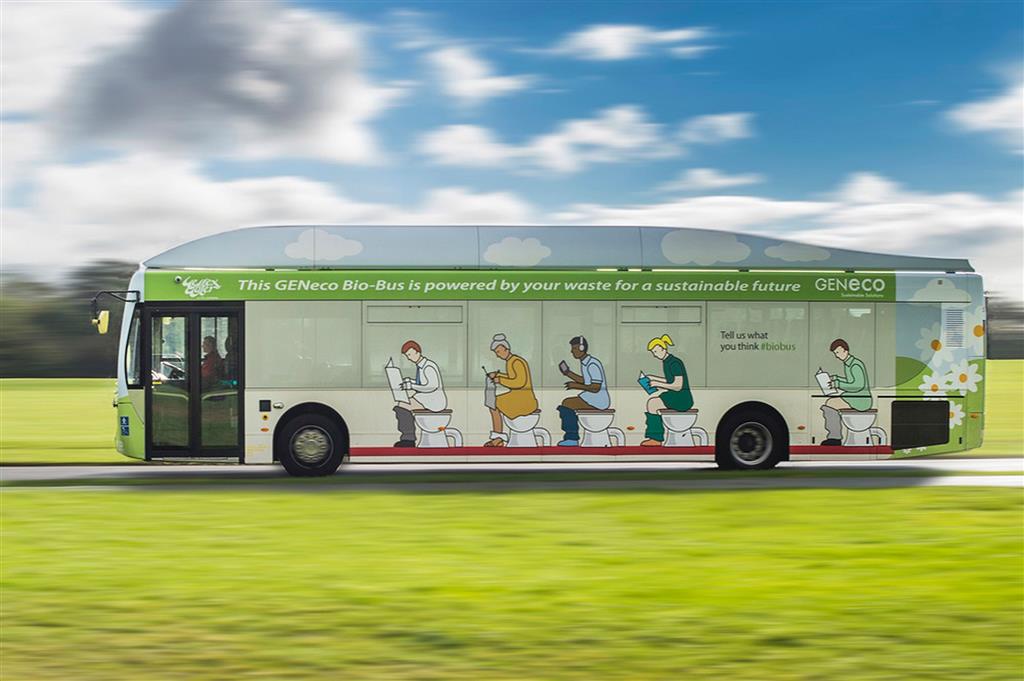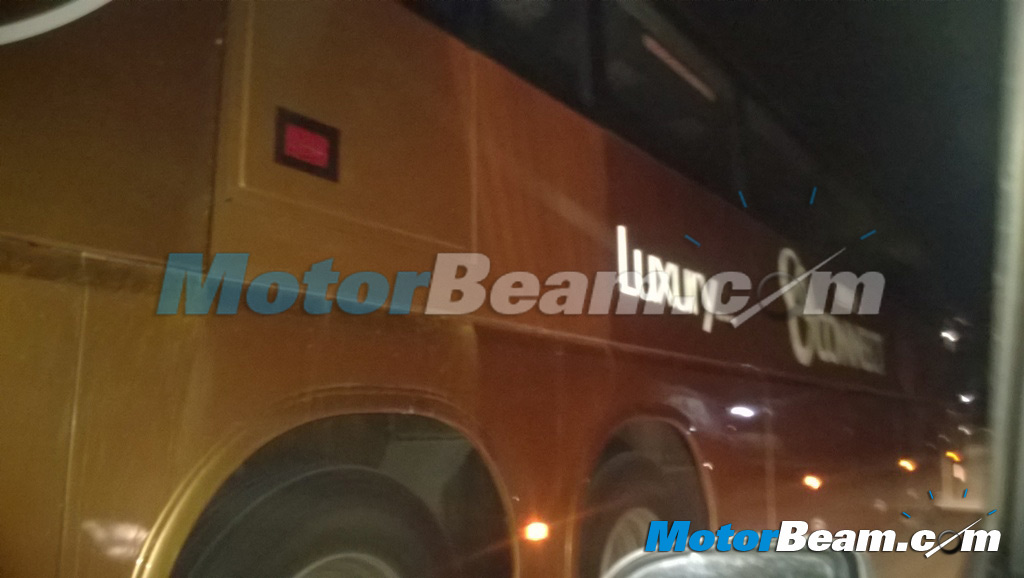Every year, the automotive industry sees new inventions and innovations by various companies or individuals. Some times it could be an exciting car or bike, while sometimes it could be some incredible feature. This year too we saw some great innovations. So let us have a look at the top 10 innovations in the automotive sector in 2014.
1) Automated Manual Transmission (AMT) – This has to be the year’s top most innovation without doubt. Magneti Marelli developed the AMT which is a cheap and affordable alternative to conventional automatic transmissions. While the usual AT boxes shoot up a car’s price significantly, the AMT costs less than half of what an AT costs. In an AMT, there is a smart ECU which detects speed and accelerator pressure and changes gears on its own without the use of a clutch. AMT isn’t new but it sure is new to the Indian market.
2) Driverless Cars – Google produced various prototypes of the driverless car but each one of them had some flaw. Finally, the IT giant did manage to unveil a proper working driverless car in late 2013 and the vehicle began testing in various countries. The car is loaded with sensors and other hi-tech equipment that helps it to navigate automatically. As of now, the UK and USA are coming up with new laws to support driverless cars.
3) Android Auto For Cars – While Android smartphones are being used by everyone on a large scale, Google then went on to introduce Android Auto for cars. Android Auto consists of a smart head unit that runs on Android OS and displays useful information like weather and routes apart from streaming music and running amazing applications.
4) Collision Detection Technology – This technology comes with two sensors installed in the vehicle – one in the grille and one on the upper inside portion of the windshield. The sensors are used to detect inputs given by the driver and if it senses that the driver is facing fatigue or if the driver fails to brake on time, then the sensors direct the ECU to stop the vehicle automatically by applying brakes. The sensors also display an audio and visual warning whenever a potential collision is detected. The recently showcased Hyundai Genesis comes with this useful feature.
5) V2V Communications – The US government announced the use of V2V communications earlier this year. In this system, light vehicles use an ad-hoc network to communicate with each other on the road. Vehicles share data like speed, location, etc. to avoid accidents from occurring. Many top manufacturers like Audi, BMW, Honda, etc. are developing and testing this technology.
6) Start-Stop Technology – This technology is used to keep the environment clean by lesser wastage of fuel apart from the main incentive of generating better fuel economy. Hero MotoCorp launched the Splendor iSmart with this feature. When the bike is idling, the engine shuts off on its own and then with a simple press of the clutch it comes back to life. The Splendor iSmart is the only bike in the world with a start-stop system although many cars use this technology including our desi Mahindra Scorpio.
7) Invisible Car By Land Rover – This is not an actual invisible car but a very useful driver’s aid. The vehicle is fitted with multiple cameras in the front grille and with the help of the Transparent Bonnet technology, these cameras display useful stuff like the position of wheels and angle at which the vehicle is inclined giving a see-through view through the bonnet. This technology comes in useful while driving in tight spaces.
8) Ford Aluminium F150 – The Ford F150 is the highest selling pick-up truck in the world. While most vehicle bodies are made up of steel, Ford produced an F150 that was made completely from aluminium. The vehicle turned out to be 318 kgs lighter than its steel counterpart helping in better performance, reduced fuel consumption and lower CO2 emissions.
9) Toyota’s Hovering Car – While this is not an actual flying car as shown, this is just a car that would hover slightly above the ground surface. Such a vehicle will not be going under production anytime soon and it is just a test project by Toyota. It works very similarly to a hovercraft, helping reduce friction.
10) Bus Powered By Human Waste – The Bio Bus made its first run in November 2014. It runs on gas that is produced by a mixture of food and sewage waste. It produces very less emissions compared to diesel. On a full tank of gas, the bus can run for approximately 300 kms.


